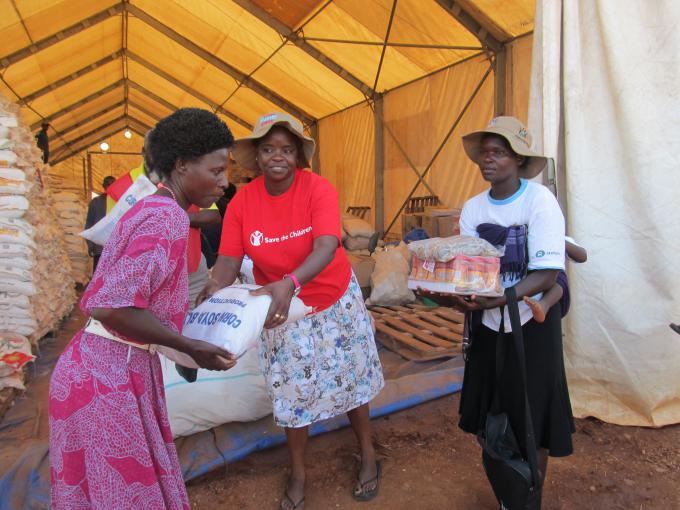Child Poverty
When the rains didn’t come for months and the sun was blazing hot, the maize and sorghum crops in the field started to wilt and failed to mature, Andime’s family did not have enough food to last them for long. They had only harvested 2 bags of maize and that was not enough for a family of 5 living in a remote rural village in Binga District in Zimbabwe. Andime’s mother started cooking less food and reduced the number of meals they ate from three to one meal each day. The neighbours also didn’t harvest much and that was the trend in all the fields in their village. Within a month, Save the Children staff came and started registering the names of all households who did not have enough food or other means to survive, so that they could be given money each month to enable them to buy food to feed the children and other family members. Andime says, “Mother had to go and work once a week at the village dip tank, which was being repaired and then she would get money at the end of the month.” Save the Children started a nine month-long cash for work project which distributed monthly cash to 6750 food insecure families (29 772 people) in Binga and Kariba district in Northern Zimbabwe. The benefiting families then worked at community projects such as gardens, dip tanks, dam walls and spray races. In total, 35 community assets were renovated or built with support from Save the Children.

Save the Children’s Child Poverty (Humanitarian) program focuses on both life-saving responses in the aftermath of a disaster, as well as reducing the risk of disasters and managing the effects of hazards and climate change for vulnerable communities through livelihoods activities.
The immediate humanitarian relief and recovery programs aim to help affected children and their families cope in the aftermath of a disaster. This includes providing food, cash, non food items, safe spaces for children to play, essential household and hygiene items, clean and safe drinking water and sanitation facilities.
In Zimbabwe, Save the Children helps to support the Department of Civil Protection’s relief efforts so as to save lives. Save the Children also helps vulnerable communities prepare for the possibility of a disaster, thereby reducing the negative impact of a disaster on their lives. In particular, Save the Children educates teachers and children about disaster risk reduction.
 Zimbabwe
Zimbabwe